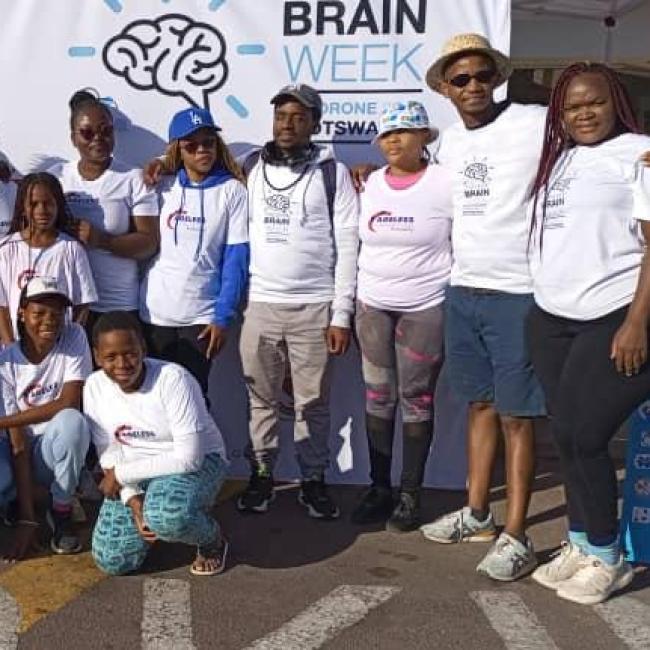Adolescents' pain-related ontogeny shares a neural basis with adults' chronic pain in basothalamo-cortical organization
iScience. 2024 Jan 17;27(2):108954. doi: 10.1016/j.isci.2024.108954. eCollection 2024 Feb 16.
ABSTRACT
During late adolescence, the brain undergoes ontogenic organization altering subcortical-cortical circuitry. This includes regions implicated in pain chronicity, and thus alterations in the adolescent ontogenic organization could predispose to pain chronicity in adulthood - however, evidence is lacking. Using resting-state functional magnetic resonance imaging from a large European longitudinal adolescent cohort and an adult cohort with and without chronic pain, we examined links between painful symptoms and brain connectivity. During late adolescence, thalamo-, caudate-, and red nucleus-cortical connectivity were positively and subthalamo-cortical connectivity negatively associated with painful symptoms. Thalamo-cortical connectivity, but also subthalamo-cortical connectivity, was increased in adults with chronic pain compared to healthy controls. Our results indicate a shared basis in basothalamo-cortical circuitries between adolescent painful symptomatology and adult pain chronicity, with the subthalamic pathway being differentially involved, potentially due to a hyperconnected thalamo-cortical pathway in chronic pain and ontogeny-driven organization. This can inform neuromodulation-based prevention and early intervention.
PMID:38322983 | PMC:PMC10845062 | DOI:10.1016/j.isci.2024.108954





